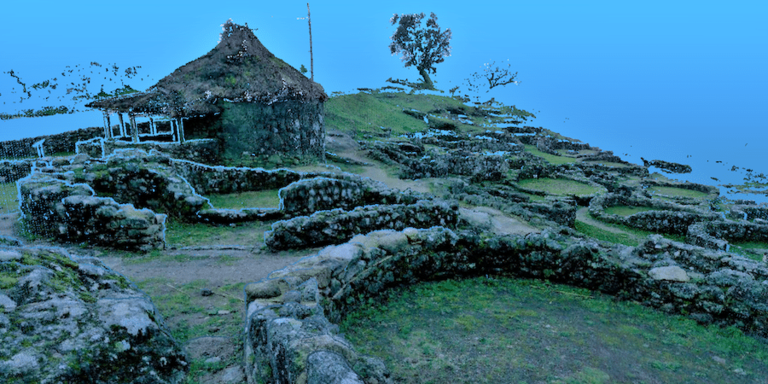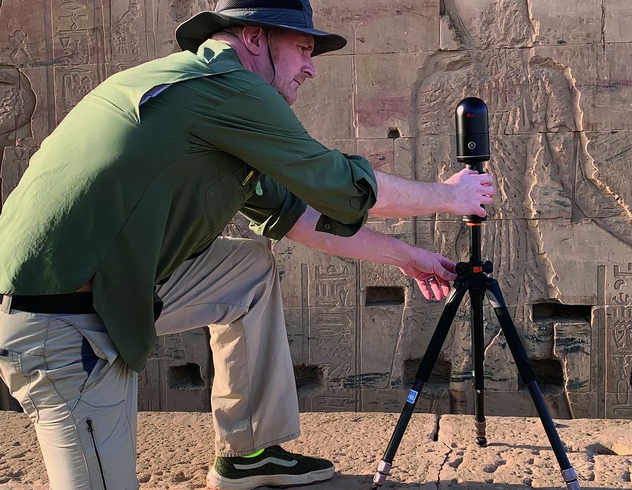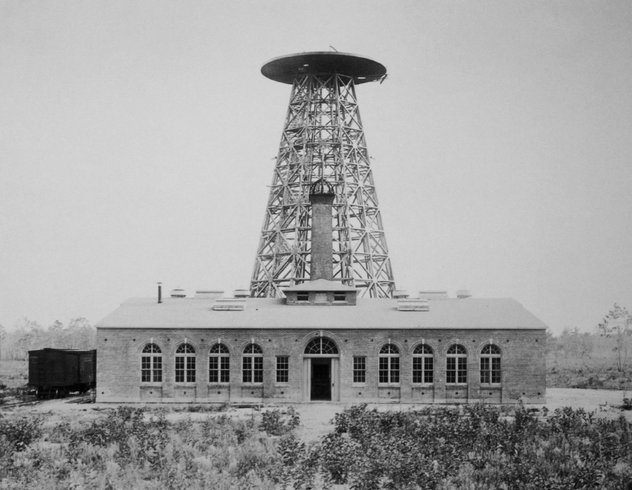What do ancient Galician hill forts, power substations, and wind farms have in common? They’ve all been scanned by Pyramidal Digital Engineering, a 3D laser scanning firm in Pontevedra, Spain. Their portfolio includes architectural, naval, archaeological, and civil works projects, and they’ve invested in the Leica BLK360 imaging laser scanner as their main scanning tool, or, in their words, “the ideal reality capture instrument.”
What’s most interesting, though, is that David Hermida Reigosa, principal of Pyramidal Digital Engineering, had absolutely no experience with laser scanning prior to creating the company in February of 2019. “I came from the sector of renewable energy and high voltage energy infrastructure,” said David, “and I managed industrial plants and maintenance in a multinational energy company.”
It is remarkable that an energy industry professional like David could purchase a BLK360 with no scanning experience and immediately begin a successful laser scanning business—and it shows how simple, powerful, and easy-to-use the BLK360 is. Combined with David’s experience in the energy industry, the BLK360 has enabled Pyramidal to scan structures and spaces that require precise documentation. It has also consistently impressed their clients not just with the data, but with what they can do with the data.
The highest profile projects they’ve completed are laser scans for electric and renewable energy infrastructure facilities, including electrical substations and wind turbines and farms. What makes Pyramidal stand out is that they don’t only offer laser scanning services—which they find to be a fantastic line of work—but they also strive to offer applications for plant managers and other professionals responsible for safety and accident prevention at work, infrastructure management, or who need to perform reverse engineering of facilities.
“I think that the BLK360 would be an indispensable tool today for the management of infrastructure, their digitization, and their modernization towards Industry 4.0,” said David.
Striving for Digital and Industrial Innovation in Galicia
Pyramidal Digital Engineering, being such a new company, doesn’t have decades of experience like other firms might, but their use of laser scanning technology has opened new projects and initiatives in the Galicia region of Spain. “Our biggest challenge is to be an innovative company of reference in our region in the digital transformation of industry and heritage,” David said, noting the differing fields Pyramidal has worked in and hopes to innovate.
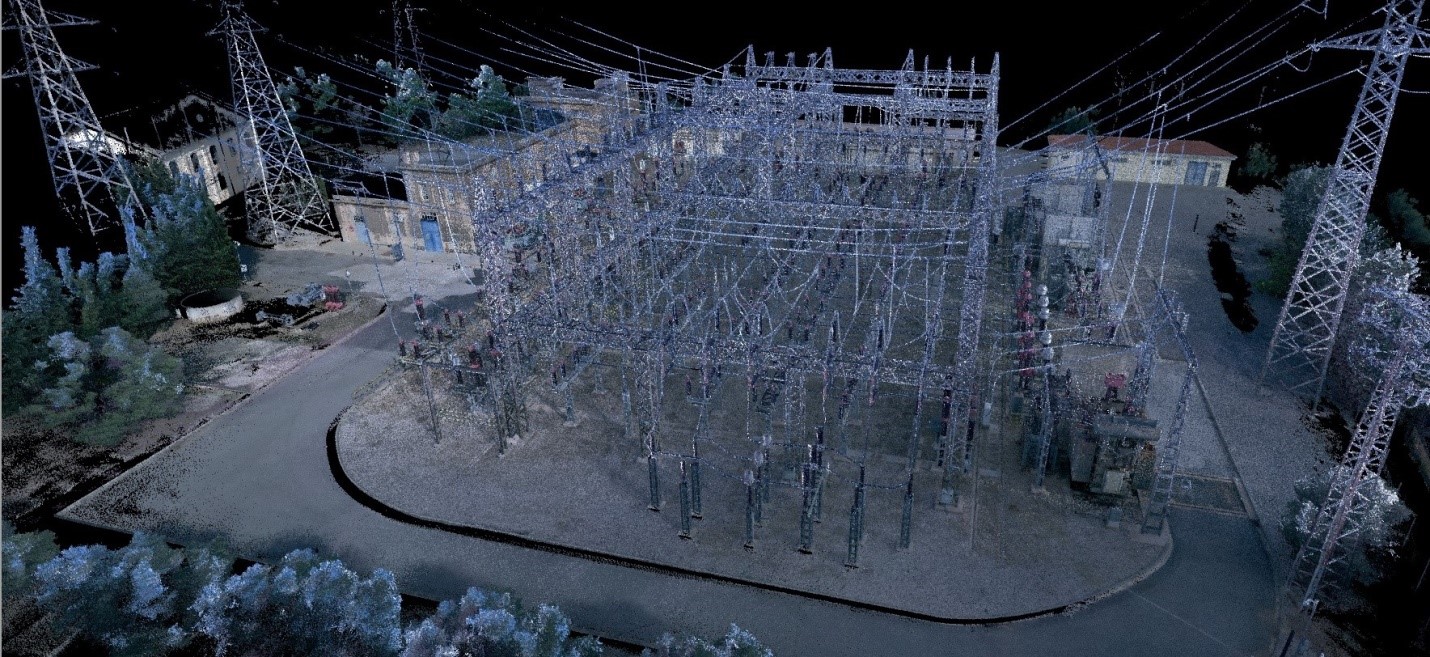
Digitalization of the Electrical Substation of REUS (Tarragona). ENDESA
Due to David’s previous work in the renewable energy industry, he’s quite familiar with plant management tasks and applications. Like other professionals in similar roles and industries, he knows that 3D laser scanning can be an efficient and precise way to manage plant equipment. Pyramidal aims to help their clients improve their maintenance and management processes.
“The BLK360 has been the key instrument to be able to carry out everything that we proposed with our clients—not only the scanning, but all the subsequent applications that we’ve made,” David said. “The BLK360 is perfect for its great reality capture capabilities and workflows with software like Autodesk to edit videos of point cloud flythroughs,” he added. Visuals like point cloud or mesh flythroughs offer a collaborative and innovative experience for a client, and the point clouds themselves provide millions of accurate measurements to help clients manage their plants effectively.
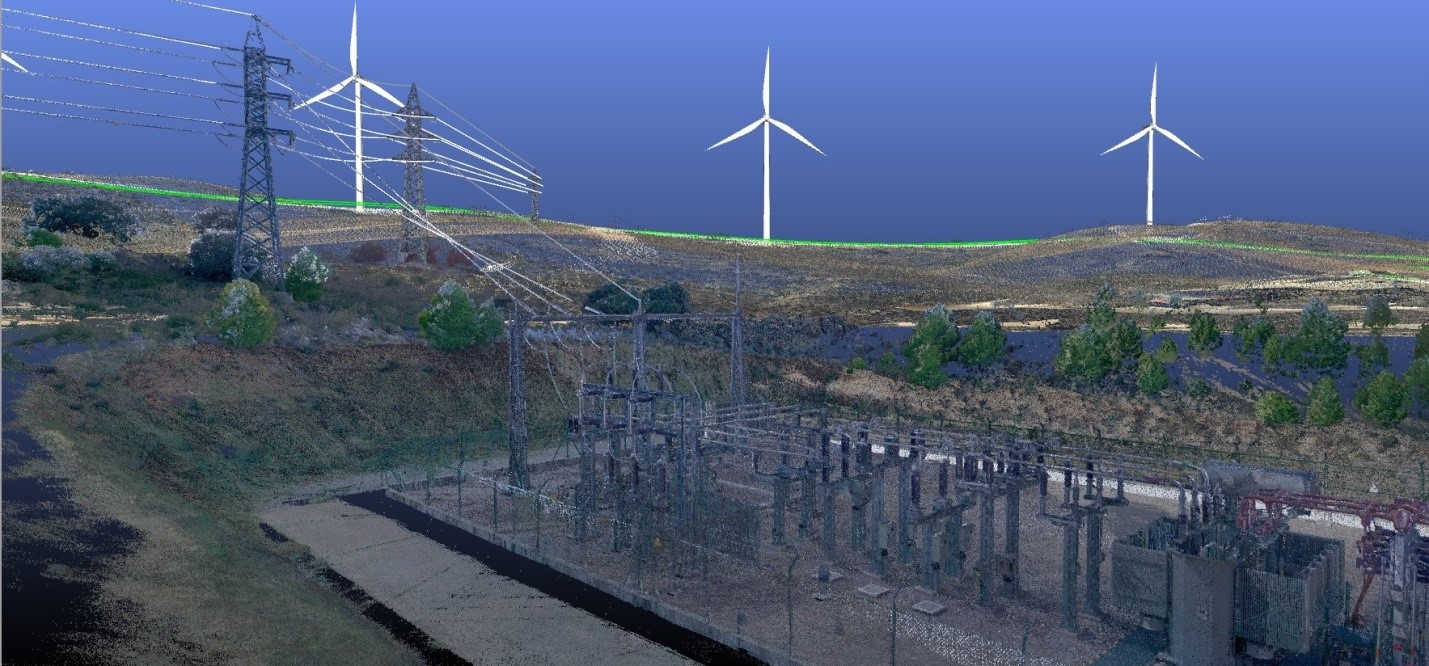
Digitalization of the Villamayor Wind Farm (Cuenca). ACCIONA
“We want to offer added and increasingly innovative services, and above all we want to add a creative or artistic value to the technical work,” David said, noting how the visual data gained from the BLK360 boosts clients’ confidence in Pyramidal’s work. “That not only distinguishes us but offers our customers a component that differentiates them as well.”
Preserving Galician Heritage, including the Hill Forts of Castro de Santa Trega
Pyramidal Digital Engineering has also dedicated much of their time and efforts towards historical preservation in Galicia, which is home to many ancient hill fortifications called Castros that were built by the pre-Roman Castro culture. One of the most famous Castros in Galicia is the Castro de Santa Trega, the ruins of a hill town and fort with a series of buildings with circular or oval foundations, and it is a prized heritage site throughout all of Spain.
Given the cultural and historic importance of the Castro of Santa Trega, David decided to scan it. “Capturing the Castro of Santa Trega was fundamental to historic preservation,” David said. “It is located in an incomparable setting on a mountain right next to the Atlantic Ocean with incredible views. But they are exposed and can suffer potential damage, whether natural or not, and being able to digitize them for posterity in such an easy and precise way is very important. It would be a pity if it wasn’t done, considering the technology we now have available to us.”
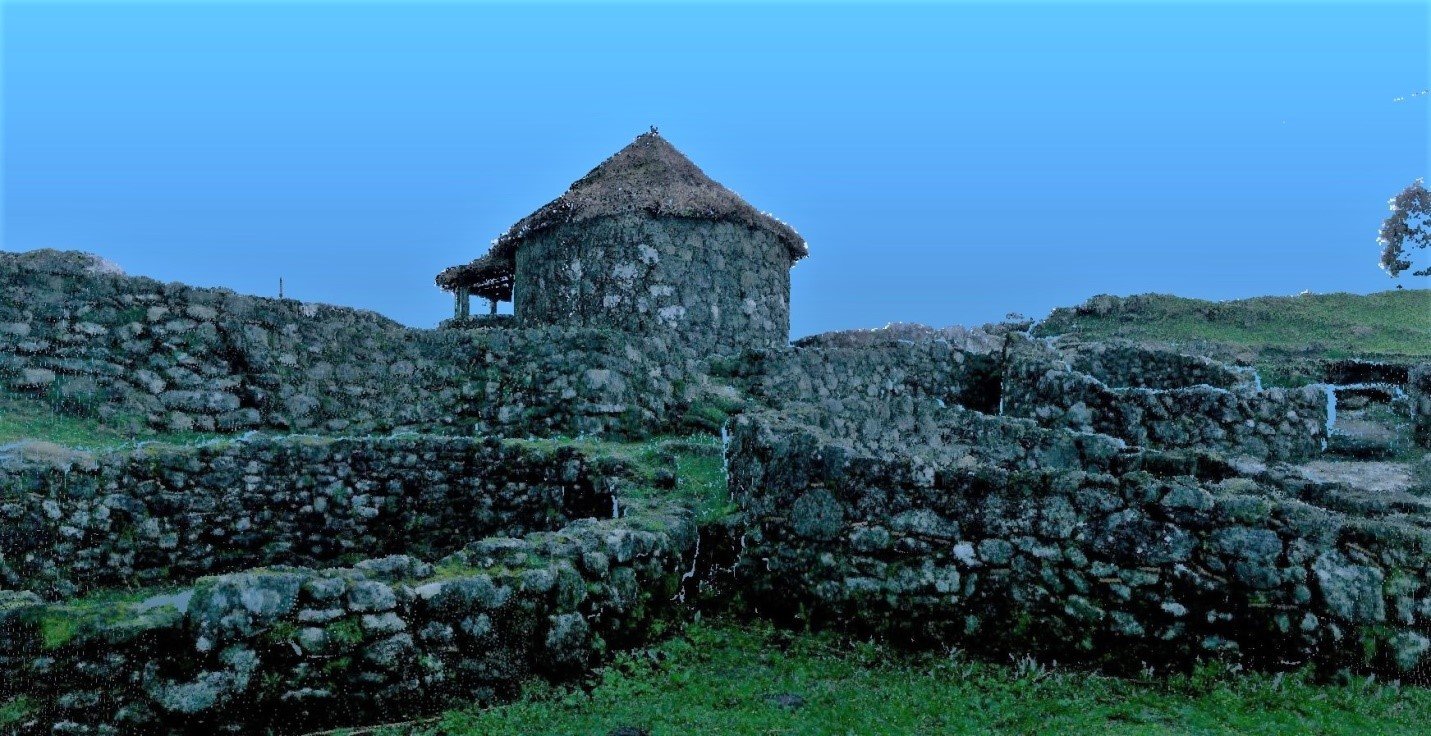
Scans of Castro de Santa Trega
David knew that the BLK360 could be a perfect tool to digitally preserve the Castro, and so he and the Pyramidal team went to work. “A few months ago, we started a project on our own to start digitizing our heritage. We honestly like to go out and scan, and if you know that what you are scanning has so much value and has survived so much time, it’s worth it,” David said.
The BLK360 greatly simplifies that kind of work, and the results are impressive.
Because of Pyramidal’s extra efforts towards historic preservation, an accurate digital 3D representation of the Castro now exists. “Fortunately, in Galicia we have a wealth of heritage—cathedrals, thousands of Romanesque churches, archaeological sites, monasteries, and countless historic stone buildings in our cities and towns,” David said. “Laser scanning can help you study these sites and bring you considerably closer to them through VR applications, for example.”
David’s work to preserve the Castro of Santa Trega is similar to other individuals and organizations that are using 3D laser scanning for digital preservation of historic structures and spaces. Architect Elias Logan is currently on a tour of Europe scanning ancient stone structures that are very similar to the Galician Castros. 3D laser scanning with portable and easy-to-use tools like the BLK360 enables professionals to access and document these sites for posterity, and we’re lucky that people like David can dedicate their time to preserving history.
Disclaimer: This article features data capture with the Leica BLK360 G1. Explore the expanded capabilities of the latest BLK360 model here.

